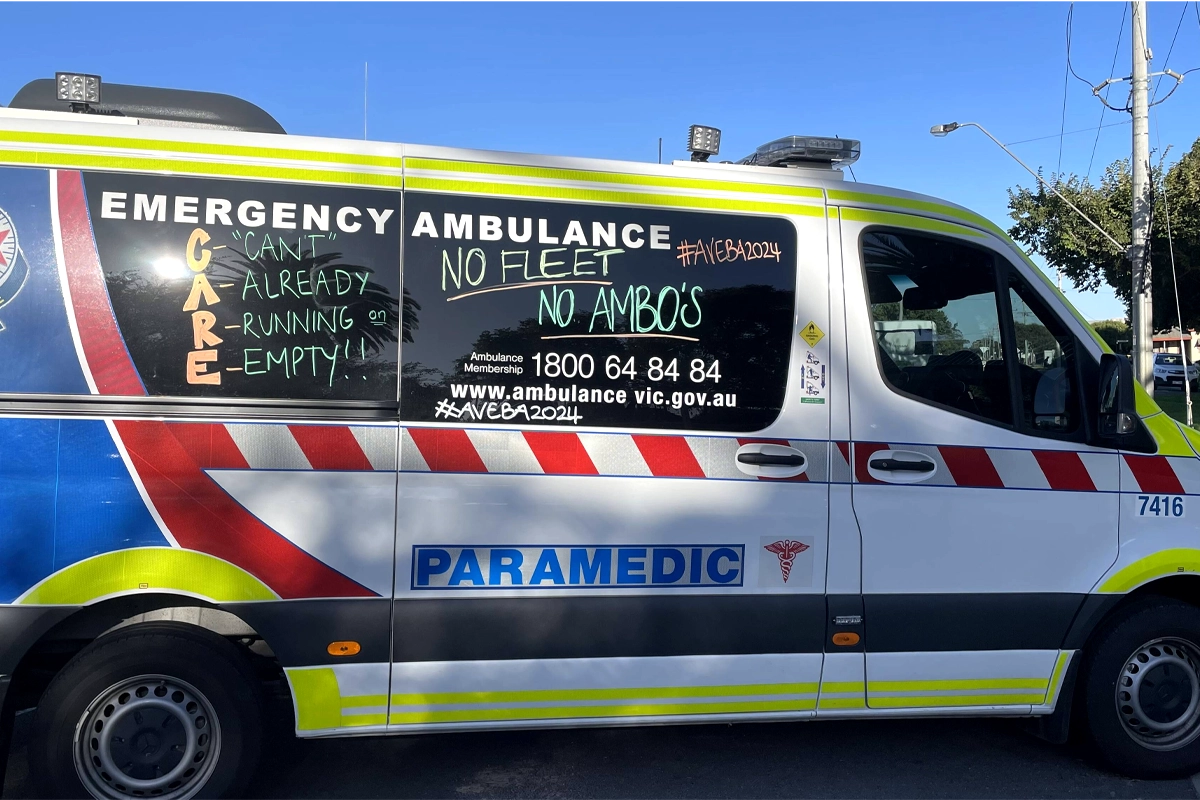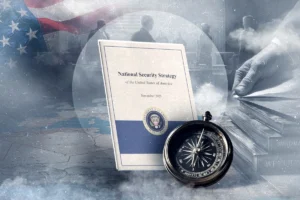Recent revelations about Ambulance Victoria have exposed a troubling crisis in emergency medical response. Victorian Ambulance Union Secretary Danny Hill has highlighted a disturbing trend: some Code One cases—those classified as the most urgent and time-sensitive—have faced waits of over an hour for an ambulance. In the most alarming cases, delays have extended to four hours. These delays are far more than a mere inconvenience; they pose serious risks to patient survival and care.
Last Monday a 69-year-old man who fell in his eastern Melbourne home died while waiting four hours for an ambulance.
Over a week ago a man in cardiac arrest died after the closest intensive care ambulance crew was forced to stay with a non-urgent patient at Maroondah hospital and was delayed for several critical minutes.
Several systemic problems contribute to these delays. Chronic under-funding and resource constraints are significant factors. Ambulance Victoria often operates with too few ambulances and paramedics, which becomes particularly problematic during high-demand periods. This shortage means the system is unable to handle multiple emergencies simultaneously, exacerbating delays and jeopardizing patient outcomes.
Operational inefficiencies further compound the problem. Issues with dispatch and resource management can delay the allocation of ambulances to the most urgent cases. When demand exceeds capacity, the system’s ability to prioritize and deploy resources effectively breaks down, leading to longer response times and increased risk for patients.
The rising demand for emergency services, driven by an aging population and more frequent medical emergencies, has overwhelmed the current system. Ambulance Victoria has struggled to keep pace with this surge.
To address these critical issues, several reforms are essential. Increased funding from the Victorian government is crucial to expand the fleet of ambulances and hire additional paramedics.
Additionally, investing in paramedic training and recruitment will help manage emergencies more efficiently. Improving operational protocols by implementing advanced dispatch technology and better communication systems will streamline operations and optimize resource allocation. Predictive analytics could also be used to anticipate peak demand and prepare accordingly.
Community-based solutions, such as partnerships with local healthcare providers to establish response teams for non-critical cases, could alleviate some pressure on Ambulance Victoria. These teams could handle less urgent situations, allowing ambulances to focus on critical emergencies.
Public education on recognizing medical emergencies and the appropriate use of emergency services can further help reduce unnecessary calls, ensuring ambulances are available for those who truly need them.
The recent incidents of prolonged response times highlight a significant threat to public health. Immediate and comprehensive reform is necessary to ensure timely and effective care for all Victorians.












